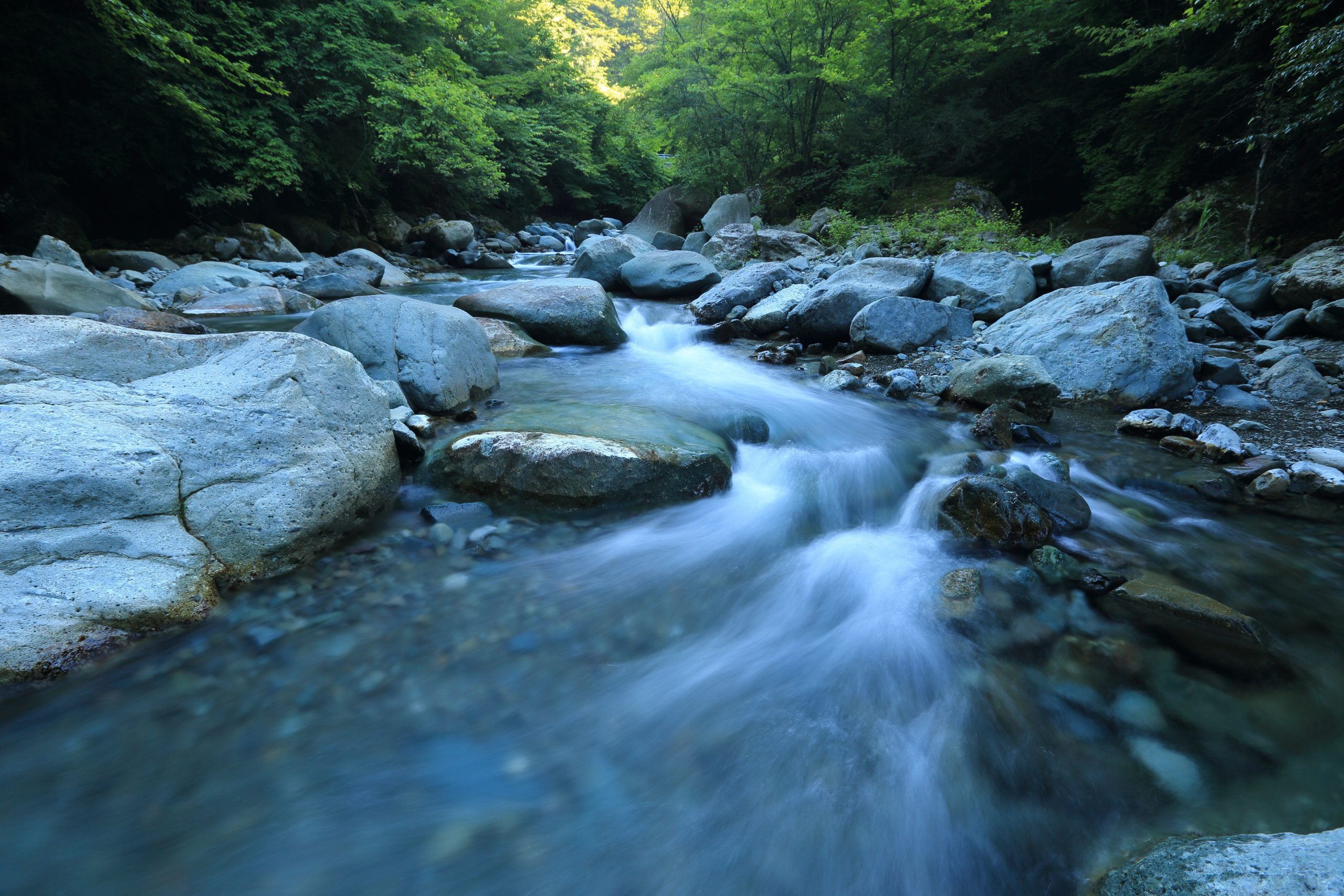The assessment and response plan developed in steps 2 and 3 make up your source protection plan.
Implementation of the source protection plan is usually led by the water supplier, but the TAC must be actively involved because their activities often impact source water and/or they have jurisdiction in the source watersheds. Annual meetings and watershed tours with your TAC are essential.
Your transition from planning to action will have hurdles. The most common hurdles are described in Table 6, along with solutions that other water suppliers have used.
Table 6: How to turn common source water protection action plan challenges into successes
Constraint
Solution
Go to Tool(s)
Unreliable funding:
funding sources aren’t sustainable, or change over time
Create a fund sustained by system rates, parcel taxes, or fees. Multipurpose a project that also fulfills other objectives (e.g., habitat restoration) to tap into otherwise unavailable grants. Partner with groups whose activities overlap with source water protection. Develop corporate partnerships. Apply for grants.
Lack of capacity:
staffing challenges make it hard for water suppliers to devote efforts to source protection
Hire a watershed coordinator. Share resources with other suppliers. Collect data at low-cost with citizen science. Involve universities or colleges.
Focus on one solution at a time. Address high-risk issues first, or start with the easiest and plan to address more complex problems in the long term.
Inaccessible information:
data are scattered or not easily accessible
Make these your go-to sources: EcoCat for documents; iMapBC for GIS; OBWB for water quality database. Share data.
Jurisdictional limitations:
water suppliers have no authority and are subject to a patchwork of legislation that protects industry
Identify responsible authorities to collaborate with, and hold each other accountable by forming a TAC with a terms of reference. Meet annually or more to measure progress.
Collaboration:
multiple agencies and stakeholders are involved with source protection
See immediately above. Consider other perspectives and choose mutually beneficial measures.
Take initiative. Identify champions who could take the lead on an issue or solution. Hire a watershed coordinator.
Meet with your TAC once or twice a year.
Lack of political will:
hard to get local government buy-in for change
Educate elected officials on the value of water. Assign costs/benefits to show economic value to source protection. Invite First Nations involvement from the onset.
Emergencies:
floods, droughts and fires can impact water quality
Have an up-to-date emergency response plan. Ensure adequate staff and training.




